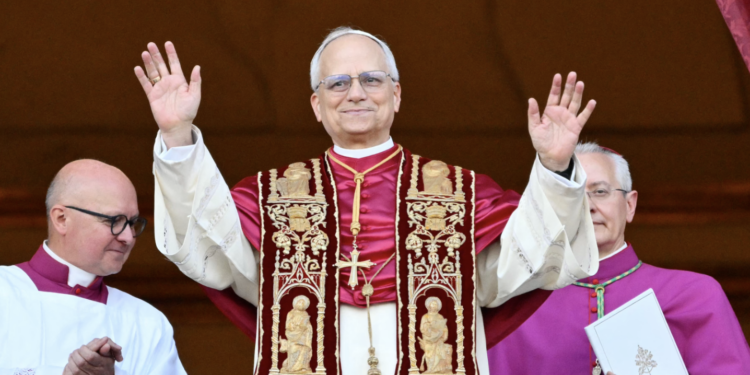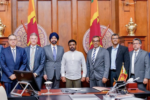Pope Leo XIV: A Bridge of Continuity in Francis’ Reformist Legacy

The election of Pope Leo XIV marks a pivotal moment for the Catholic Church, signaling a desire for continuity with the reformist path carved out by his predecessor, Pope Francis. Formerly known as Cardinal Robert Prevost, the new pope is widely regarded as someone who shares Francis’ vision for a more inclusive, outward-facing Church especially in areas such as social justice, care for migrants, and environmental stewardship.
Prevost’s background and personal history offer clues to the kind of pontificate he may lead. Born in the United States to a family of French and Spanish immigrants, he grew up immersed in Catholic tradition. Speaking to Italy’s RAI network before the conclave, he emphasized his deep-rooted Catholic upbringing and his immigrant heritage, both factors that have shaped his commitment to the marginalized.
Although American by nationality, Prevost’s long ministry in Latin America, particularly in Peru, has imbued his worldview with a Latin American sensibility. This not only reflects the global nature of the modern Church but also continues the regional legacy of Pope Francis, the first pope from Argentina. The Vatican itself has described Leo XIV as the second pope from the Americas and the first ever from the Augustinian order.
Reverend John Lydon, a former roommate, offered a glimpse into Prevost’s character in a statement to the BBC, describing him as “outgoing,” “down to earth,” and “very concerned with the poor” qualities that closely align with Francis’ pastoral priorities.
Leo XIV’s election comes at a time of tension and division within the Catholic Church, especially regarding social issues. While his exact position on LGBT inclusion remains ambiguous, he has expressed support for Francis’ declaration allowing blessings for same-sex couples and others in non-traditional relationships, while also emphasizing the importance of contextual interpretation by local bishops.
His chosen papal name, Leo, is rich with historical resonance. Experts believe it signals a commitment to social action, evoking both Pope Leo I, known for persuading Attila the Hun not to sack Rome, and Pope Leo XIII, who issued the foundational encyclical Rerum Novarum on the rights of workers during the Industrial Revolution. Former Archbishop of Boston Seán Patrick O’Malley noted that Pope Leo XIII led during “a time of epic upheaval… and widespread immigration” circumstances not unlike those faced by the Church today.
On climate issues, Pope Leo XIV has urged the world to move “from words to action,” cautioning against a “tyrannical” interpretation of humanity’s dominion over nature. He has praised the Vatican’s own environmental efforts, including solar panel installations and electric vehicle adoption, reinforcing his support for ecological stewardship.
As a reformer, Leo XIV has echoed Pope Francis in advocating for broader inclusion within the Church’s decision-making bodies. He backed Francis’ groundbreaking move to include women in the Dicastery for Bishops, calling their perspective “an enrichment” and emphasizing their “significant contribution” to the discernment process in episcopal appointments.
Although questions remain particularly regarding how he will navigate more conservative factions within the Church, Pope Leo XIV appears poised to continue Francis’ vision of a Church that engages with the world rather than retreats from it. As Vatican spokesman Matteo Bruni put it, the cardinals sought “a prophetic spirit capable of leading a Church that does not close in on itself but knows how to go out and bring light to a world marked by despair.”
With his blend of American roots, Latin American experience, and a reformist yet grounded approach, Pope Leo XIV begins his papacy as a bridge between tradition and renewal, an emblem of continuity in an era of profound transformation for the Catholic Church.
Would you like this article formatted for publication or submission to a particular outlet?






